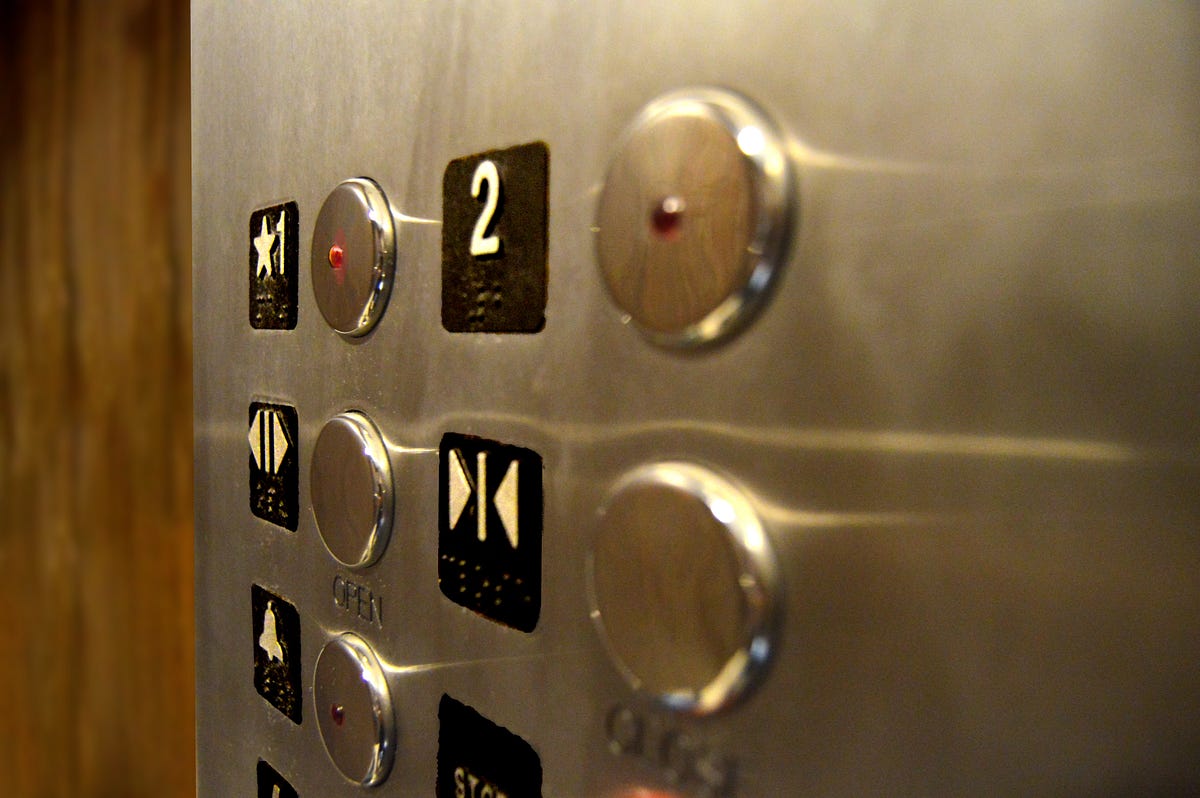Elevator System Design
Are you interested in learning about elevator system design? If so, you've come to the right place. In this article, we will be discussing the ins and outs of elevator system design, including pain points, target audience, and more.
Pain Points
Anyone who has experienced a malfunctioning elevator knows how frustrating and even scary it can be. People rely on elevators to move quickly and efficiently between floors, and when they don't work properly, it can cause a lot of stress. This is where elevator system design comes in. By implementing the right design strategies, elevators can be made safer, more efficient, and more reliable.
Target Audience
The target audience for elevator system design is anyone involved in the construction or maintenance of buildings with elevators. This includes architects, engineers, construction workers, and elevator technicians. By understanding the principles of elevator system design, these professionals can ensure that the elevators in their buildings are safe, efficient, and reliable.
Main Points
In summary, elevator system design is an important aspect of building construction that can greatly affect the safety and efficiency of elevators. By addressing pain points such as malfunctions, target audiences such as architects and engineers can improve the overall design of their elevators and ensure that they meet industry standards. Now let's take a closer look at some specific aspects of elevator system design.
Mechanical Design
The mechanical design of elevators is one of the most important aspects of elevator system design. This includes things like the size and weight capacity of the elevator, as well as the type of equipment used to operate it. For example, hydraulic elevators use a fluid-filled piston to move the elevator car, whereas traction elevators use a cable system to raise and lower the car. Each type of elevator has its own advantages and disadvantages, and selecting the right one depends on the specific needs of the building.

Electrical Design
The electrical design of elevators is also crucial. This includes things like the motor that powers the elevator, as well as the control panel that regulates its movements. A well-designed electrical system can help to improve the efficiency of the elevator, as well as its safety and reliability. It's important to work with a qualified electrician to ensure that the design of the elevator's electrical system is up to code and meets industry standards.

Elevator Maintenance
Another important aspect of elevator system design is maintenance. Even the best-designed elevators can experience malfunctions if they are not properly maintained. This is why it's important to have regular inspections and maintenance performed by qualified elevator technicians. These professionals can spot potential problems before they become major issues, and can help to keep elevators running smoothly for years to come.
Personal Experience
As an architect, I have seen firsthand the importance of elevator system design. In one project, we installed a hydraulic elevator in a building with limited space. By choosing a hydraulic elevator, we were able to maximize the available space while still providing the necessary weight capacity. This helped to make the building more accessible to all users, while also ensuring that the elevator was safe and reliable.
Conclusion
In conclusion, elevator system design is a crucial aspect of building construction that affects the safety, efficiency, and reliability of elevators. By addressing pain points and taking a targeted approach to design, architects, engineers, and other professionals can ensure that their elevators meet industry standards and provide a smooth and efficient user experience.
Question and Answer
Q: How often should elevators be inspected?
A: Elevators should be inspected at least once a year by a qualified elevator technician.
Q: What is the difference between a hydraulic elevator and a traction elevator?
A: A hydraulic elevator uses a fluid-filled piston to move the elevator car, while a traction elevator uses a cable system to raise and lower the car.
Q: What are some common malfunctions that elevators experience?
A: Common malfunctions include doors that won't open or close, elevators that stop between floors, and elevators that move too slowly or too quickly.
Q: How can elevator system design improve the user experience?
A: By optimizing things like weight capacity, speed, and accessibility, elevator system design can help to make elevators more efficient, safer, and more user-friendly.
Gallery
TECH: MULTI Elevator System Infographic | Elevation, System, Multi

Photo Credit by: bing.com / elevator graphicnews
Innovative Elevator System Being Employed For Mizrahi's The One

Photo Credit by: bing.com / elevator system mizrahi
Elevator System Design — A Tricky Technical Interview Question | By

Photo Credit by: bing.com / system
26 Best Elevators Images On Pinterest | Elevator, Electrical

Photo Credit by: bing.com / electrical elevator elevators geared types diagram part circuit traction building lift systems wiring engineering knowhow works cable details classification components
The Parts Of A Elevator System [13]. | Download Scientific Diagram
![The parts of a elevator system [13]. | Download Scientific Diagram](https://i.pinimg.com/736x/cd/13/d8/cd13d8810b940ed06593d9ac8cccc60c.jpg)
Photo Credit by: bing.com / elevator pulley sheave
0 Response to "Elevator System Design"
Post a Comment